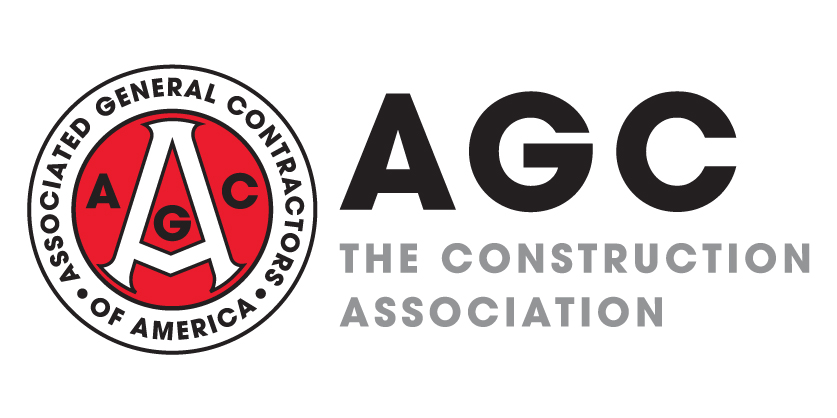
Contractors and others are beginning to report diverse impacts on building projects and products from the coronavirus outbreak. Today Boston’s mayor, Martin Walsh, ordered construction sites in the city to shut down but also was reportedly preparing to order more construction of medical facilities. A consultant to construction lenders sent a summary on March 9 of reports from draw inspections (site visits for the lender to verify that work to support requested construction funds has been completed): “we’re hearing delays from [general contractors]. Delayed delivery of drywall, glass, steel, HVAC and electrical equipment from China and curtainwall from Italy. Contractors are generally claiming force majeure, owner responsibility for losses or impact on schedule.” Investment-research firm Jefferies Inc. posted on March 5, “70% of the global elevator subcomponent market is sourced from factories located in a 100-km radius around the city of Shanghai. In addition, we learned at the meeting with Schindler of the high dependence of the European elevator supply chain to the northern part of Italy. Kone’s largest facility in Europe is located in Pero, in the suburbs of Milan. Add to this, the company’s largest supplier, Wittur, has also a factory in the suburbs of Milan.” Readers are invited to email ken.simonson@agc.org if they experience impacts affecting materials (including personal protective equipment); workers (including truckers, subcontractors and service providers); finances; or governmental approvals, inspections or reviews.
Seasonally adjusted construction employment increased from January 2019 to January 2020 in 32 states, remained flat in one, and declined in 17 and the District of Columbia, an AGC analysis of Bureau of Labor Statistics (BLS) data released today shows. The largest year-over-year (y/y) additions of construction jobs occurred again in Texas (34,900 jobs, 4.6 percent), Florida (21,500 jobs, 3.9 percent) and California (17,400 jobs, 2.0 percent). The largest y/y percentage increases occurred in Utah (7.5%, 8,000 jobs), followed by New Mexico (7.1%, 3,400) and North Dakota (6.5%, 1,800). Louisiana lost the most construction jobs over 12 months (-15,200 jobs, -10%), followed by West Virginia (-5,100, -13%) and Illinois (-2,400, -1.1%). The largest percentage loss occurred in West Virginia, followed by Louisiana and Vermont (-5.2%, -800). Construction employment rose from December to January in 32 states, decreased in 16 and was flat in Rhode Island, South Carolina and D.C. BLS made routine annual “benchmarking” revisions to past data. (AGC’s rankings are based on seasonally adjusted data, which in D.C., Hawaii and Delaware is available only for construction, mining and logging combined.)
On Thursday BLS posted producer price indexes (PPIs) for February, calculated from prices gathered in early February (before most impacts from coronavirus). AGC posted tables showing PPIs relevant to construction. The y/y rate of price increase slowed compared to a year earlier for both inputs to construction (up 1.6% y/y from February 2019 to February 2020, vs. 2.4% a year earlier) and new nonresidential building construction (up 3.9%, vs. 5.2% a year earlier)—a measure of the price that contractors say they would charge to build a fixed set of buildings. Increases in the latter index ranged from 3.3% y/y for new office buildings to 3.4% for healthcare buildings, 4.1% for industrial buildings, 4.6% for schools and 4.8% for warehouses. Increases in PPIs for subcontractors’ new, repair and maintenance work on nonresidential buildings ranged from 2.7% y/y for roofing contractors to 3.4% for plumbing contractors, 3.7% for electrical contractors and 4.4% for concrete contractors. The PPI for inputs to construction covers both goods (55%) and services (45%). The PPI for energy inputs to construction was flat y/y. The PPI for nonenergy goods inputs edged up 0.5%; the index for services inputs increased 3.0%. Items important to construction with large 1- or 12-month changes include: steel mill products, up 0.3% from January but down 12.5% y/y; diesel fuel, down 10% for the month and 11% y/y; and aluminum mill shapes, down 2.4% and 6.7%, respectively. The abrupt cutbacks in transportation and output since these indexes were calculated have led to further sharp price declines for oil and steel products.
Construction data provider ConstructConnect reported on Thursday that the value of construction starts, not adjusted for inflation or seasonal variation, tumbled 14% y/y from February 2019 to last month. The value of residential starts slumped 11%, with single-family starts jumping 15% y/y and apartment starts plunging 54%. The value of nonresidential building starts sagged 18% y/y, with commercial starts down 14%, institutional starts up 9.0%, and the volatile industrial category down 87%. The value of engineering (civil) starts slid 12% y/y. Chief economist Alex Carrick noted, “Since large project groundbreakings can often introduce notable volatility in the monthly ‘starts’ numbers and their period-to-period percentage changes, it is informative to also study ‘smoothed’ series. On a 12-month moving average basis, February 2020’s total nonresidential starts were +9.8% versus the previous 12 months (i.e., March 2019-to-February 2020 vs. March 2018-to-February 2019)[, with] commercial, +6.6%; industrial, +23.2%; institutional, +1.4%; and engineering, +16.4%. The ‘smoothed’ grand total of starts, which includes residential, was +5.2% in February. As for residential activity, it was 2.2% on a 12-month moving average basis,” with multifamily down 7.7% and single-family up 0.4%.




